Alohomora! Unlock the Magical VFX Behind Hogwarts Legacy
Feb 06, 2023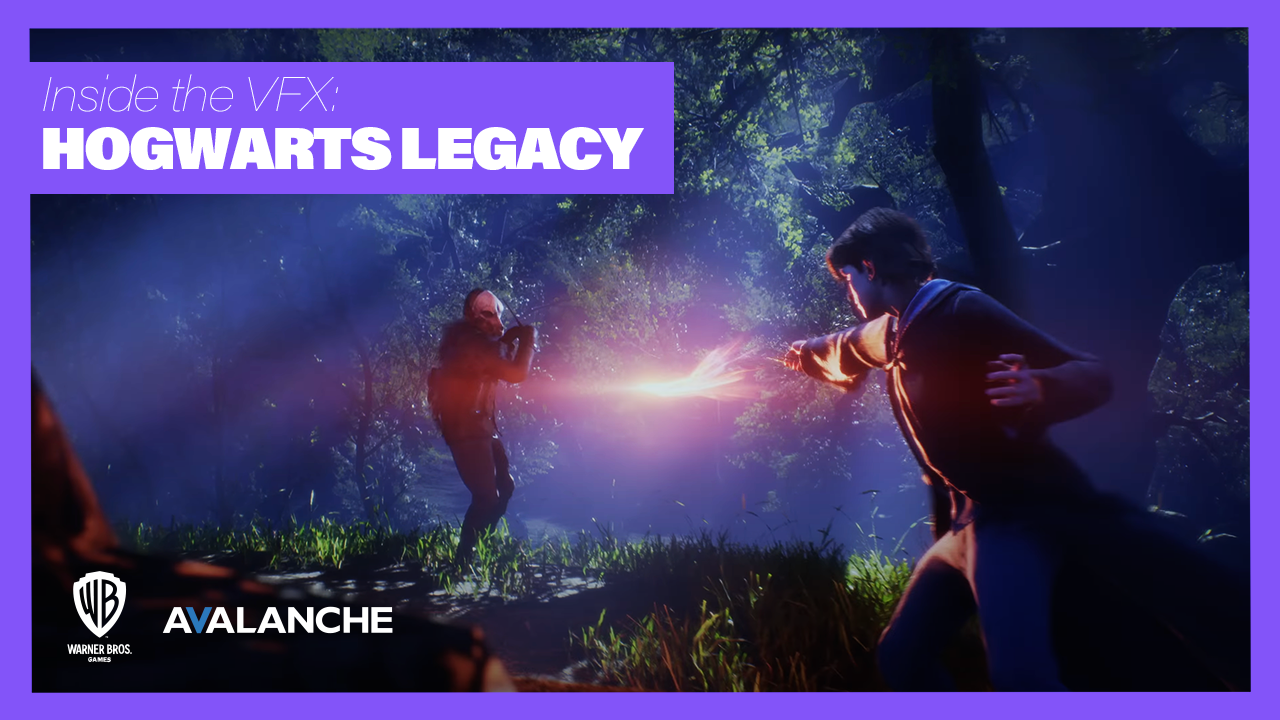
Let's take a spell-binding look at the work of WB Games Avalanche Software for their latest game, Hogwarts Legacy.
When a studio needs to transition from one style of VFX in one game project to a totally different style in another, it is no small task. This was exactly the case with one of Utah's largest game development studios, Avalanche Software.
From VFX Apprentice:
Like many longtime fans of the Wizarding World franchise, we find ourselves challenged to celebrate the positive impact while acknowledging J.K. Rowling’s harmful continued statements toward the transgender community and their impact on many of her fans and the greater LGBTQ+ community. This post was written to highlight a game created by hundreds of talented artists and developers that do not share Rowling’s views. We encourage all readers to remain true to their own values and make their own personal decisions to engage with or ignore this game.

About Avalanche Software
Founded in 1995, the company began porting Midway Games properties like Mortal Kombat to home systems, including the popular Ultimate Mortal Kombat 3 for Sega Genesis and Super Nintendo (SNES) versions. Avalanche also worked on other early MK games including Mortal Kombat Trilogy for the PlayStation, and Mortal Kombat Mythologies: Sub-Zero for the N64.
In the early 2000s, Avalanche developed other Midway Games franchises like Off Road and Rampage. They also ported Mindscape's Prince of Persia 3D for the Sega Dreamcast, developed games based on Nickelodeon's Rugrats for PlayStation and N64, as well as Xbox and GameCube versions of NCAA College Football.
Avalanche Software co-founder and CEO John Blackburn had first conceived an original project in 1995, which he later presented to their partners at Nickelodeon and THQ. The studios agreed to publish the original concept, though it was not based on one of their existing properties. In 2003, Tak and the Power of Juju was released on GameCube, PlayStation 2, and Game Boy Advance. The game spawned two sequels as well as animated spinoffs that debuted on Nickelodeon. It was the first CGI series produced in-house by Nickelodeon.

In 2005, Buena Vista Games (later renamed Disney Interactive Studios) acquired Avalanche and thus began their era of adapting Disney and Pixar properties for games including Chicken Little, Meet the Robinsons, Hannah Montana, Bolt, Cars, and Toy Story.
Perhaps the biggest and most well-known release from Avalanche in this period was Disney Infinity and its sequels. Born out of "The Toybox" open world section of the studio's Toy Story 3 game, Disney Interactive challenged Avalanche to create the "biggest idea you can think of."
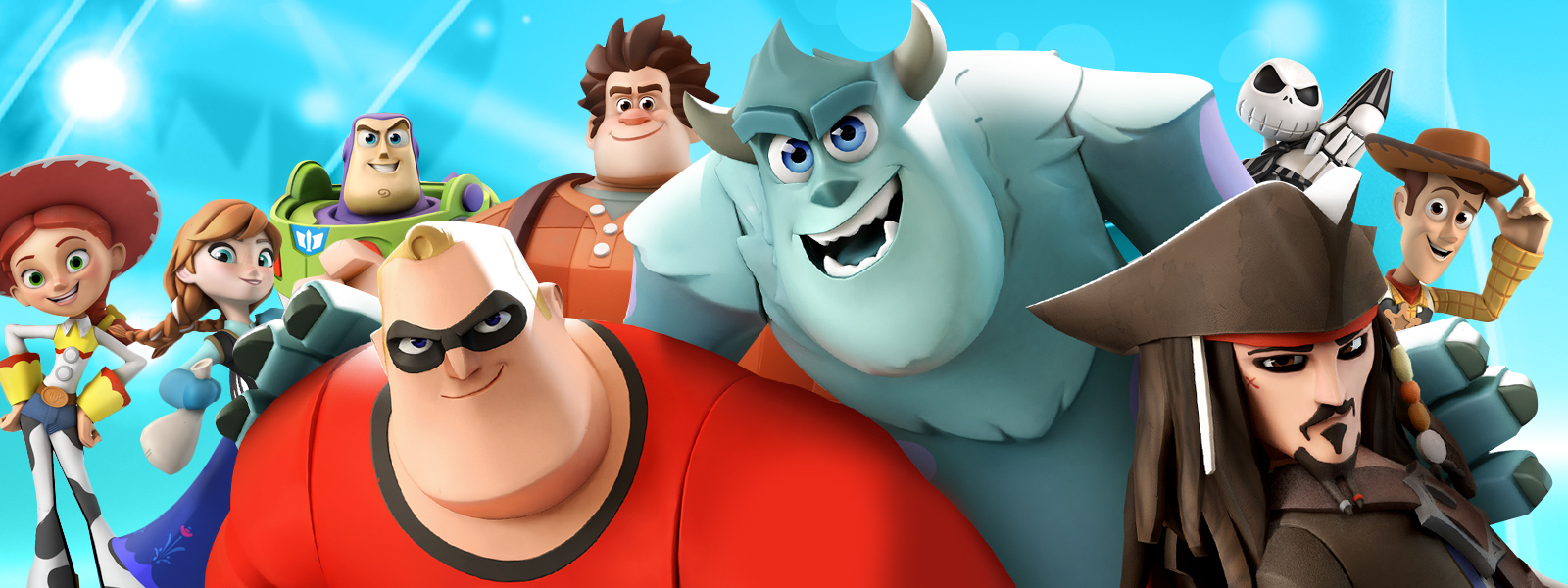 Disney Infinity via Disney.
Disney Infinity via Disney.
Disney Infinity used real collectible toys that were then synced with the game with NFC chips on a platform. That allowed players to control and unlock new challenges. It spawned nearly every vertical of Disney IP, with playable characters from Pirates of the Caribbean, The Incredibles, Monsters Inc., Cars, and The Lone Ranger. Sequels featured characters from Marvel Comics and Star Wars.
After the flood of toys-to-life game to the market, among competitors like Skylanders, Amiibo, and Lego Dimensions, the bubble seemingly burst with most of these interactive franchises reaching their end of life. It would also mark the end of Disney Interactive Studios, which was shut down in 2016.
Disney shifted focus from first-party development to working with third-party developers live EA, Square Enix, and even Warner Bros. Interactive Entertainment. Though WB Games was owned by Disney rival Warner Bros., the studios had previously worked together on the release of Lego-related video games.
In 2017, WB Games acquired Avalanche from Disney. Their first game was the Pixar-based Cars 3: Driven to Win. After its release, Avalanche was tasked with creating a new original game with WB Games new publisher Portkey Games, which is dedicated to managing the Wizarding World license.
Their latest project, the expansive, ambitious Hogwarts Legacy is an open-world adventure epic soon to be released on every major platform. Let’s talk a little bit about how the VFX differed from past projects for Avalanche Software, and what went into the creation of the game.
Hogwarts Legacy Development
Hogwarts Legacy is set in the 18th century at the Hogwarts School of Witchcraft and Wizardry and players will be able to create their own character and experience life as a student at Hogwarts, attending classes, learning spells, and discovering the secrets of the castle. As you can see from the trailer above, the gameplay is extremely realistic featuring some of the best visual effects our current gaming consoles can handle.
The game was built in Unreal Engine, first announced at a PlayStation 5 event in September 2020. The game has been delayed a few times. The PC, PS5, and Xbox X/S versions release on February 10th, but the PS4 and Xbox One releases were delayed to April, and Nintendo Switch back to July.
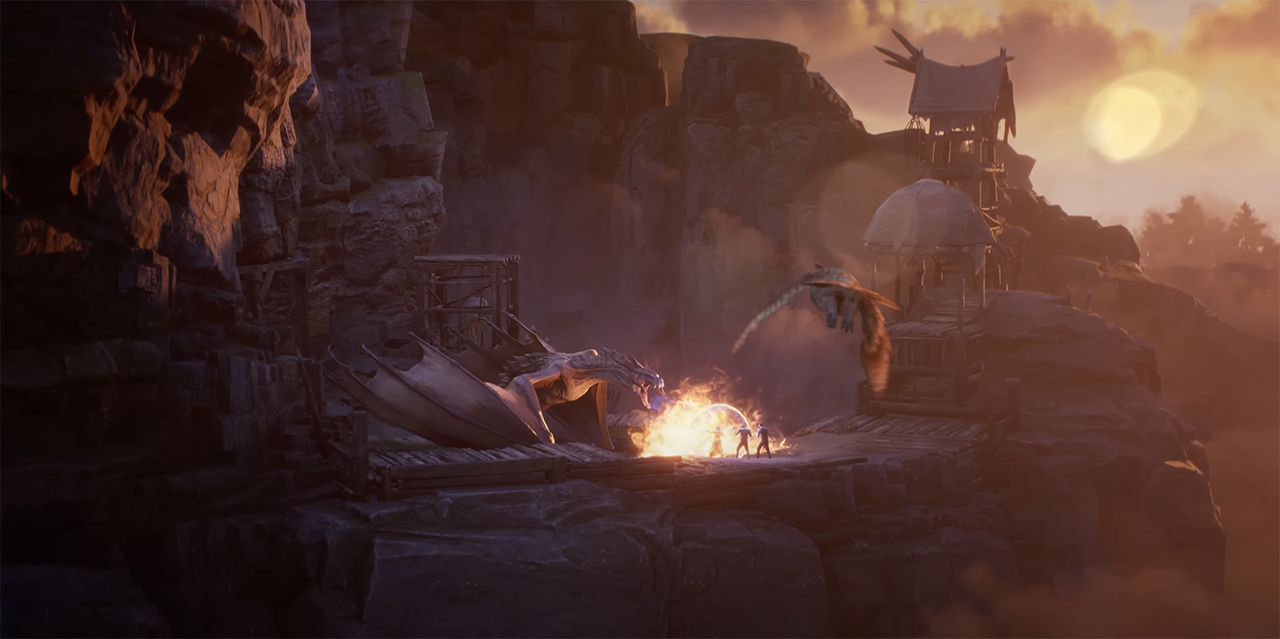
Image via Warner Bros. Games
So, what is it that makes it such a big deal to handle such a big difference in visual effects styles? It all comes down to how the mind of the artist handles information. Hogwarts Legacy’s focus was to be a realistic, immersive open world experience that was meant to represent and provide the most life-like wizarding world experience for fans of the book and film series.
For a high definition next-gen game like Hogwarts Legacy, satisfaction is also important, but it becomes necessary to layer it in with believability and immersion within a world that has higher detail frequency, dynamic lighting, and the expectation of assets holding up on a cinematic scale. These types of FX strive to create a sense of realism by mimicking the behavior of physical phenomena such as fire, water, smoke, and explosions.
Realistic effects often use advanced particle systems and physics simulations to create a convincing representation of real-world events. This is mainly about giving the player an experience that they’re able to relate to based upon a visual sense of comparison to the real world. It helps the games feel relatable with actual stakes.
For a more cartoony and stylized game like Disney Infinity, the artist needs to be focused on snappy timing, dynamic shapes, and vibrant colors to really drive the satisfaction factor of each player's ability.
In the game dev community, we often use procedural or simulated assets to meet the needs of a highly detailed massive game such as Hogwarts Legacy.
Procedural assets are just game elements that are generated algorithmically, rather than being created by hand. This can include things like textures, landscapes, and animations, among others. The advantage of procedural assets is that they can be generated quickly and easily, and they can be customized and scaled to suit the needs of the game.
Simulated assets, on the other hand, are created through physics simulations. For example, a cloth simulation can be used to generate the movement and behavior of cloth in a game. Simulated assets can add a greater level of realism and interaction to a game, but may require more processing power and technical expertise to implement.
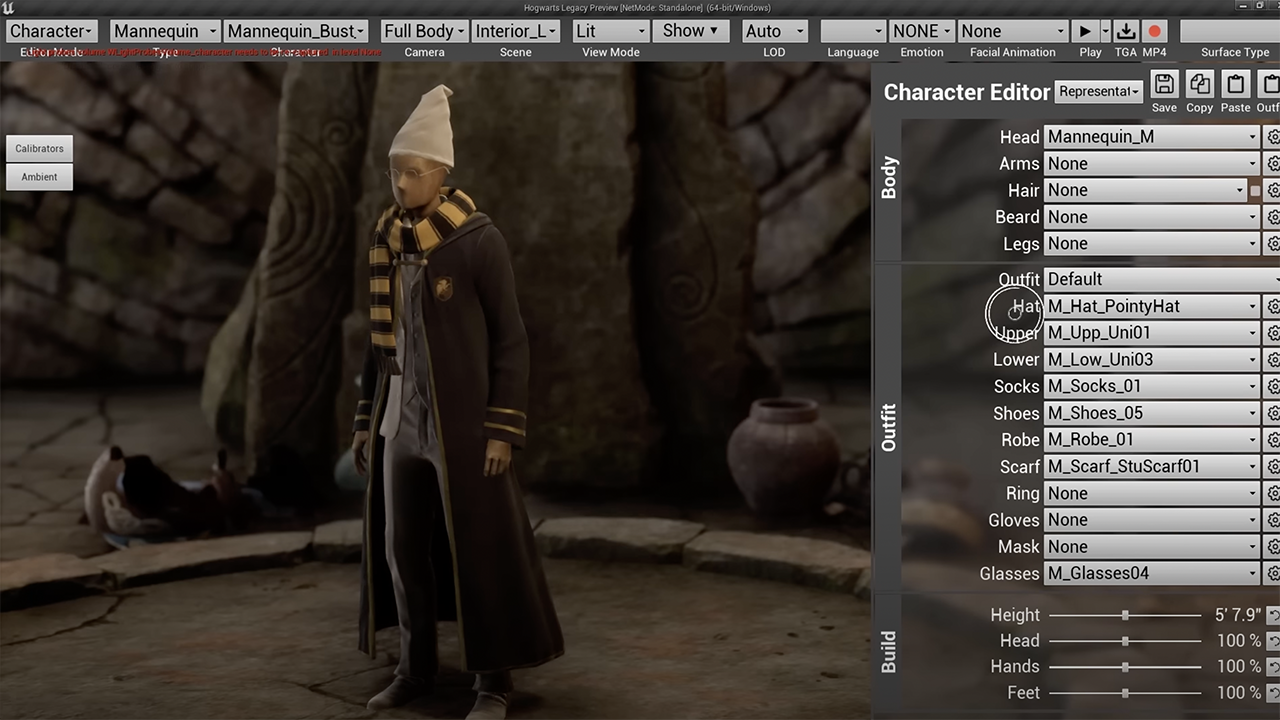
Image via Autodesk & Warner Bros
That means tools like EmberGen, Houdini, Unreal's Niagara, and Substance Designer are going to be staples for the VFX artist working on these highly detailed games. Tools like Maya and ZBrush allow artists to sculpt and shape 3D models in a way that resembles traditional sculpting techniques which gives them about as much creative freedom as you can imagine in the design process.
If you want to see an incredibly thorough breakdown of what went into making Hogwarts Legacy, the characters, locations, cinematics, the exact work pipeline for the team, and specifically how they used those tools like ZBrush, Maya, Unreal Engine, and MotionBuilder, check out this behind the scenes video below!
As you can see, from virtual production performance captures and character rigs, to real-time cinematics, Avalanche crafted a seamless work pipeline for its VFX artists keeping a cohesive tone and approach to designing the FX.
Avalanche enlisted Nathan Hendrickson as the Cinematic Director for Hogwarts Legacy who managed to round up and complete motion capture for the game, while in lockdown, while mostly working with stand-ins and on Zoom calls, talk about a logistic nightmare. His work with the cinematic art lead and co-director Ethan Walker led to a cohesive visual guidance across the board. On top of the cinematics featuring some of the most gorgeous FX work in recent memory, the gameplay is just as stunning.
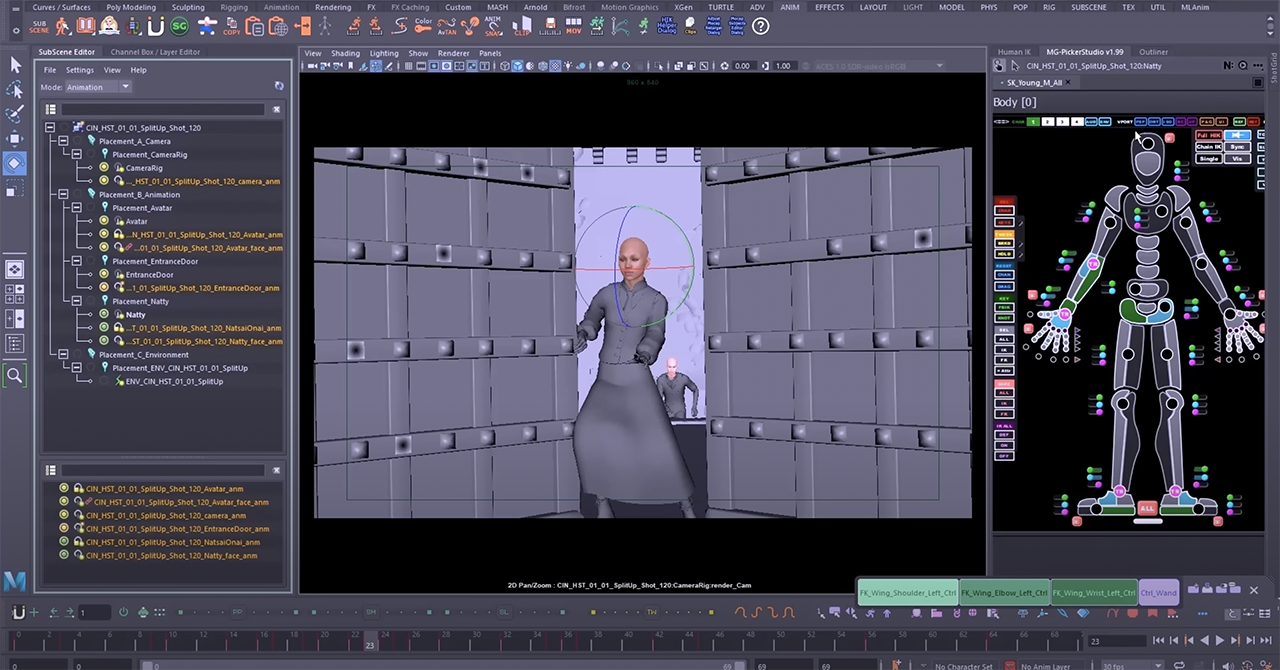
Image via Autodesk & Warner Bros
In contrast to this high-definition gen game, a VFX artist working on a cartoony stylized game would likely spend most of their time in software that employs hand-crafted workflows, such as Toon Boom Harmony, Adobe Animate, Unity Engine, and Photoshop or Krita. Applications like Maya or Blender have a wide range of tools and features, and can be used across the spectrum of game VFX. If you're interested in making real-time VFX for games, whether in a more hand-crafted or procedural workflow, we recommend trying out our free VFX training!
The choice between cartoony 2D FX and realistic effects will depend on the desired tone and atmosphere of the game, as well as the target audience and budget. It always comes back to the story and figuring out how to serve it in the best way possible.
Both styles have their own strengths and weaknesses, and the best choice will depend on the goals of the game and the creative vision of the development team. The world of game VFX artistry is vast, and the need for a whole new generation of artists is extremely high, as I mentioned in my state of VFX in 2023. There's never been a better time to start learning how to make magic, and work toward making magic for some of your favorite game titles.
Start Your VFX Apprenticeship
Begin your journey towards mastering FX for games and animation. Join VFX-A All Access and discover cutting-edge 2D, 3D, and real-time FX training.







